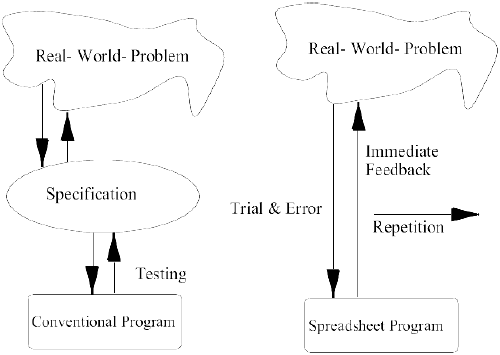Authors
Yirsaw Ayalew, Markus Clermont, & Roland Mittermeir
Abstract
The paper presents two complementary strategies for identifying errors in spreadsheet programs. The strategies presented are grounded on the assumption that spreadsheets are software, albeit of a different nature than conventional procedural software.
Correspondingly, strategies for identifying errors have to take into account the inherent properties of spreadsheets as much as they have to recognize that the conceptual models of "spreadsheet programmers" differ from the conceptual models of conventional programmers.
Nevertheless, nobody can and will write a spreadsheet, without having such a conceptual model in mind, be it of numeric nature or be it of geometrical nature focused on some layout.
Sample

As spreadsheet systems are easy to use, do not require much training in formal methods of designing and programming, and show – in contrast to conventional programs – the results of the effort while the development effort is still in progress, they are also written in a style different from conventional software.
There is a notion of immediate feedback once the contents of a cell is specified. This easy way to quick feedback leads to a development style of trial & error, cutting & pasting, copying & modifying; a mixture that has to be horrifying for an orderly software methodologist.
Publication
2000, EuSpRIG
